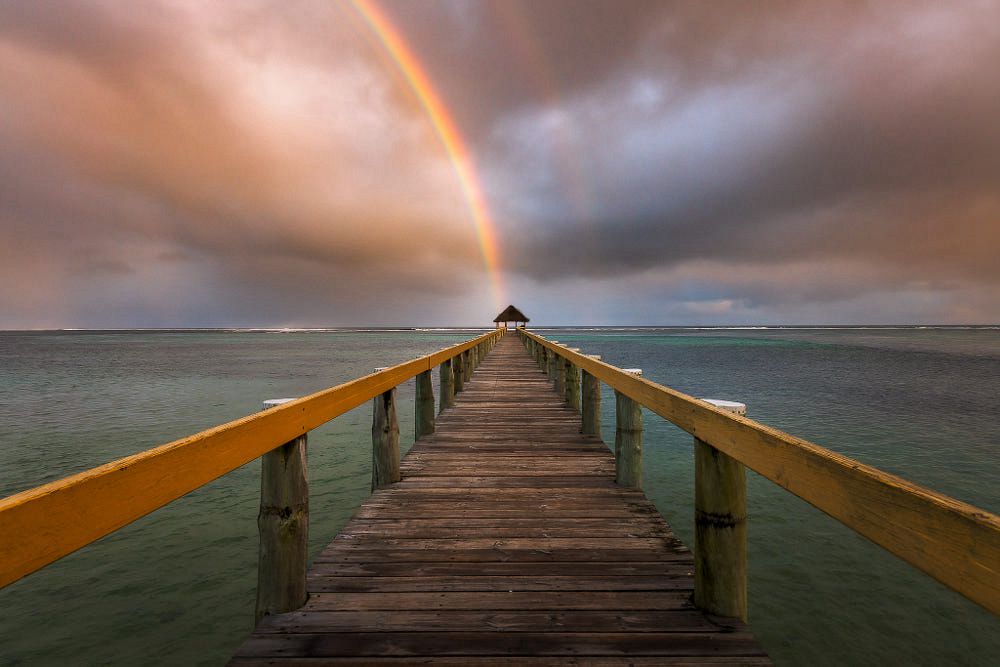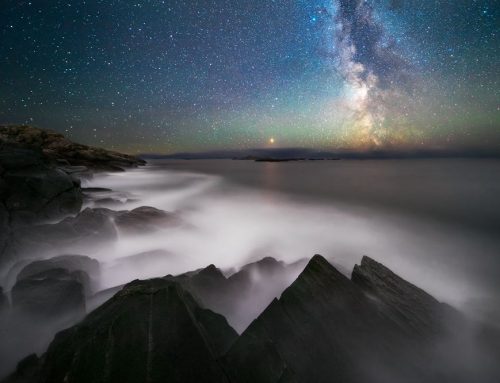
@ Dylan Toh
Predict the conditions. Rainbows usually appear when the weather is rapidly changing. Typically, immediately before or after a storm front arrives. You need rain and sun together for any chance of a rainbow.

@ Dylan Toh
Know the direction you need to be looking. If you are experiencing weather conditions that are conducive to rainbows, remember to look for them directly opposite the sun. Even if you have yet seen a rainbow, anticipate a composition by looking 180 degrees to the location of the sun.

@ Dylan Toh
When photographing a rainbow, my first instinct is to take off all filters. That is your safest option as a circular polariser may polarise out a rainbow completely. However, if you are careful, you can enhance the appearance of the rainbow so long as the CPL is in the correct orientation.

@ Dylan Toh Shot with NiSi PRO Nano Natural CPL
The top image is ‘unpolarised’ allowing the rainbow to show through. The bottom image polarises out reflections from the hills and river but also the rainbow!

@ Dylan Toh Shot with NiSi PRO Nano Natural CPL
Edited image of the rainbow using the best of both worlds from the CPL’s various effects!
NiSi PRO Nano Natural CPL
by Dylan Toh





